First published in the October 2016 issue of Wheels magazine, Australia’s best car mag since 1953.
The Holden Captiva LT AWD fails to make a captivating argument for why you’d bother over other, more composed competitors.
Can’t wait to see the final score? Jump to the verdict now.
IF A WEEK is a long time in politics, then a decade is an eternity in the fashion-driven world of SUVs. Yet that’s how long the basic Holden Captiva model has been with us, the South-Korean-built five- and seven-seater soldiering on with just one major facelift and a couple of upgrades along the way. To say the basic product is starting to look and feel its age is no stretch of the truth.
This mid-spec Holden Captiva LT V6 translates to an all-wheel-drive version of the long-lived GM Theta platform with the same Melbourne-built 3.0-litre V6 as seen in its Commodore stablemate since 2009. Holden claims 190kW and 288Nm but, in the real world, the Captiva’s performance is weak. The main problem is a lack of low-end grunt and, with a very lazy throttle calibration in Eco mode (to which our car defaulted to at every opportunity) there’s a constant need to be slamming the accelerator pedal floorward to extract anything like major thrust.

Captiva’s transmission doesn’t help, either, and that lack of beans below 4000rpm means the six-speed auto is constantly hunting for a ratio, especially in hilly country where it feverishly roves between fifth and sixth, and sometimes even fourth. And it gets worse with a full load on board.
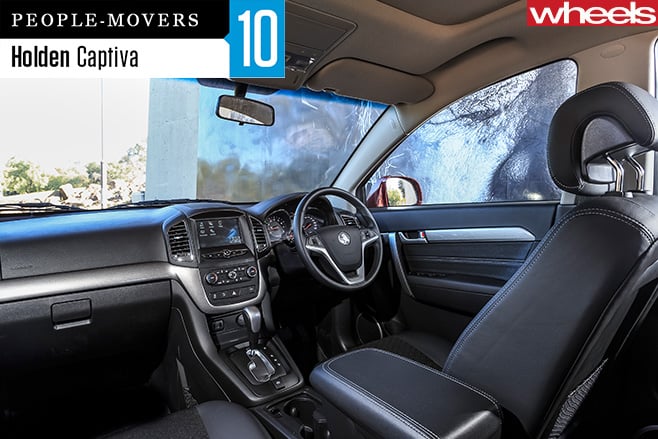
On the road, Captiva looks and feels as if it’s short and quite narrow and, for once, appearances are far from deceiving. That’s felt most once you start to load a few bodies into it and discover the monster trade off in luggage space when all seven chairs are fixed into place. In fact, with just 280mm of space between the back of the third row and the tailgate, the Captiva is easily the shortest of this bunch. Now we know why you see so many Captivas towing small trailers during the school holidays.

There’s no doubt it will do the job but, frankly, the rest of the SUV world has moved on a bit. By about two generations.

Plenty of these cars have evidence of having started life as left-hand-drive models. Gearshift graphics on the wrong side on the centre-console, volume knobs a huge stretch away, you name it.
In the Captiva, though, it’s a bit more annoying due to the way the second row of seats is laid out and how it affects useability. Basically, in order to get those in the third row out on the safe (kerb) side, two (rather than one) of the three second-row inhabitants have to jump out first for the second row to be tilted for access. The second row is simply split the wrong way round: 60/40 left/right. It should be 60/40 right/left.
|
Other seven seater options
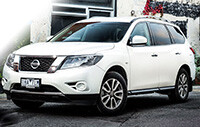 Nissan Pathfinder ST AWD
Nissan Pathfinder ST AWD
Opportunity knocked, but Nissan didn’t fully open the door. We find the Nissan Pathfinder, while smooth and likeable, falls short of the competition.
 Honda Odyssey VTi
Honda Odyssey VTi
An odyssey is an ‘epic journey’. Unfortunately for the Japanese carmaker, the story of the Honda Odyssey has been one of a downward slide.
 Toyota Kluger GX AWD
Toyota Kluger GX AWD
The Toyota Kluger offends no one by sticking to the middle of the road. There’s no escaping that the Toyota offers plenty for the money.
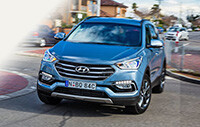 Hyundai Santa Fe 30
Hyundai Santa Fe 30
The Hyundai Santa Fe better at pleasing its driver, rather than shifting a tribe of seven, as we uncover headroom and visibility issues in the third row.
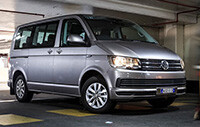 Volkswagen Multivan
Volkswagen Multivan
The Volkswagen Multivan is certainly the leader of the space race, if not quite the final frontier. Commercial vehicle origins let it down against more sophisticated competition.

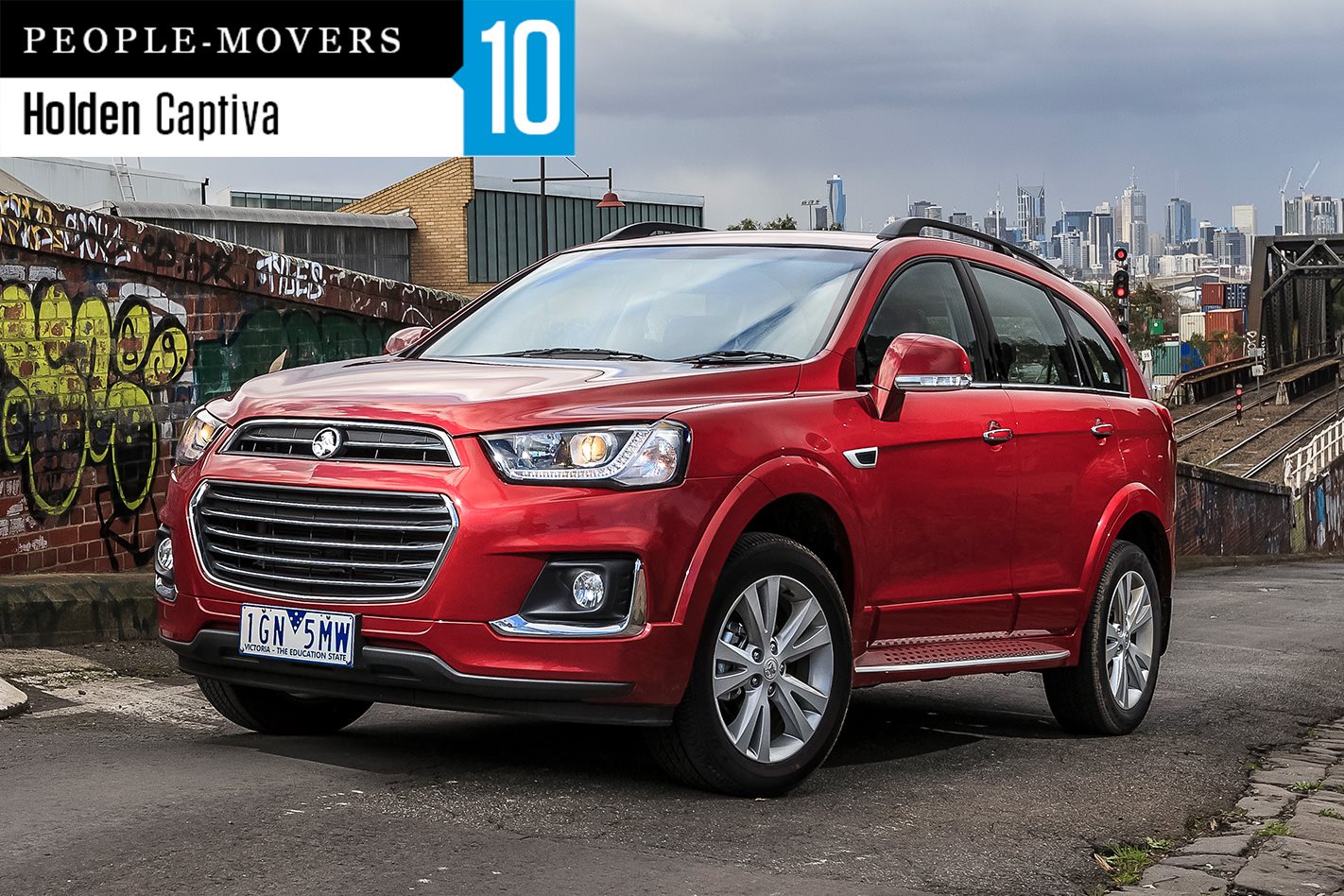
 SPECS
SPECS


